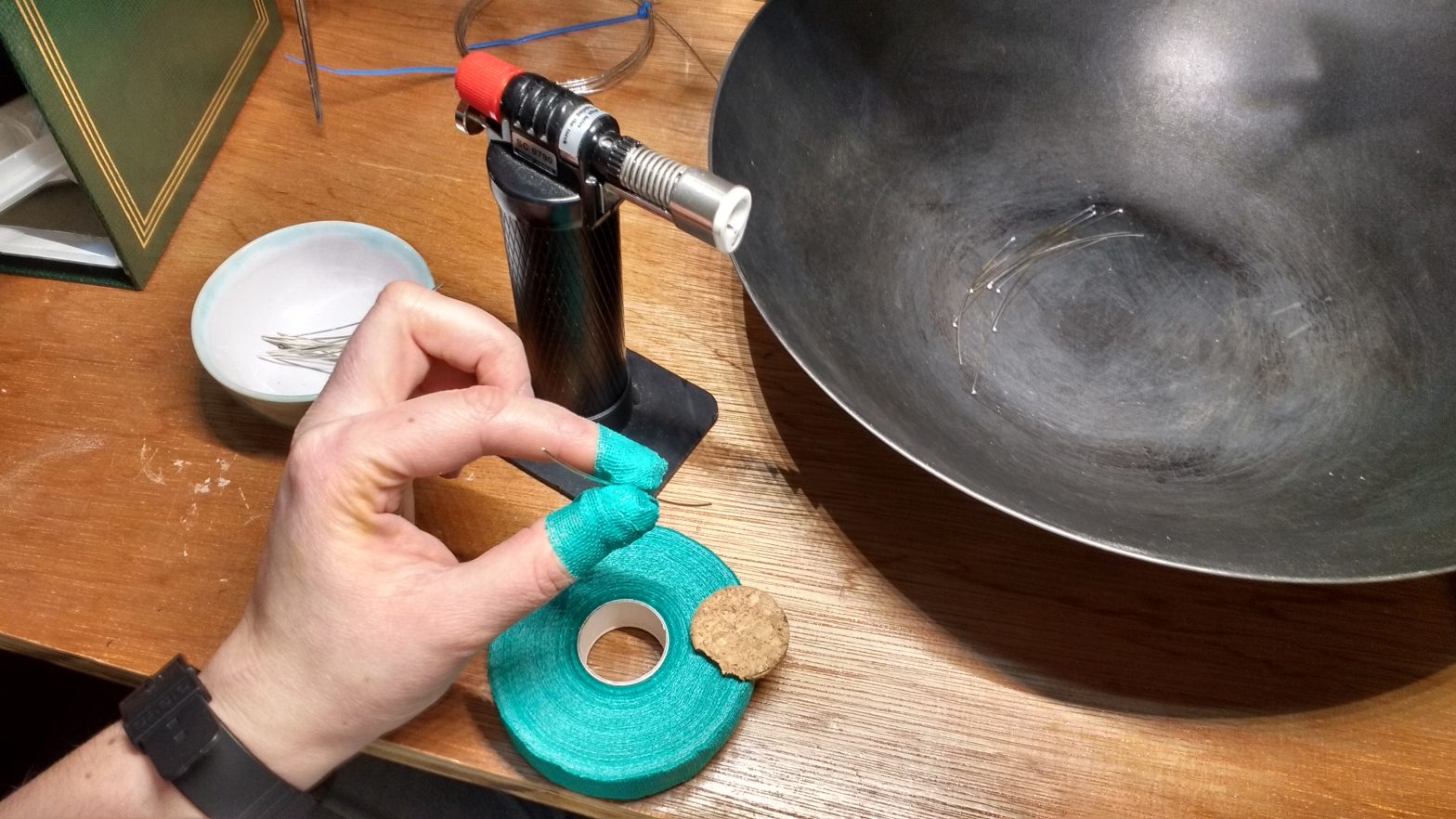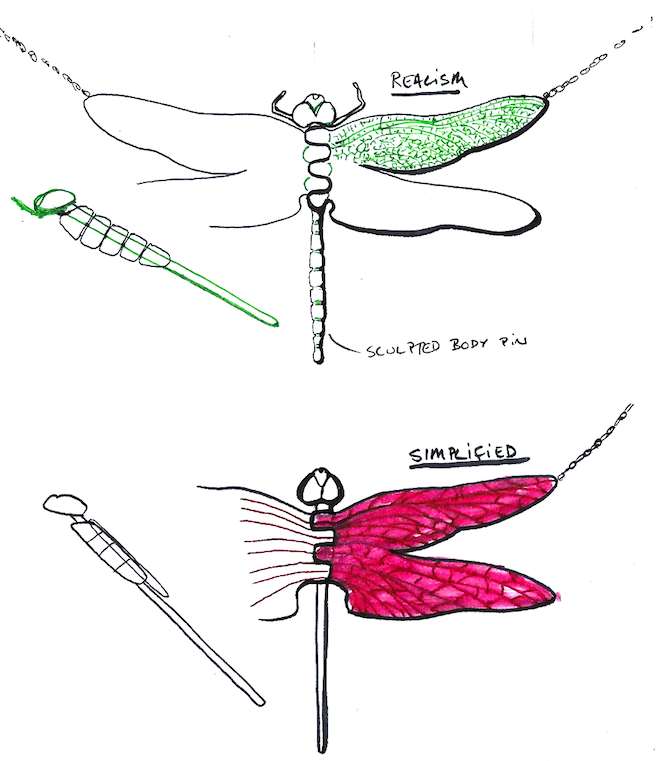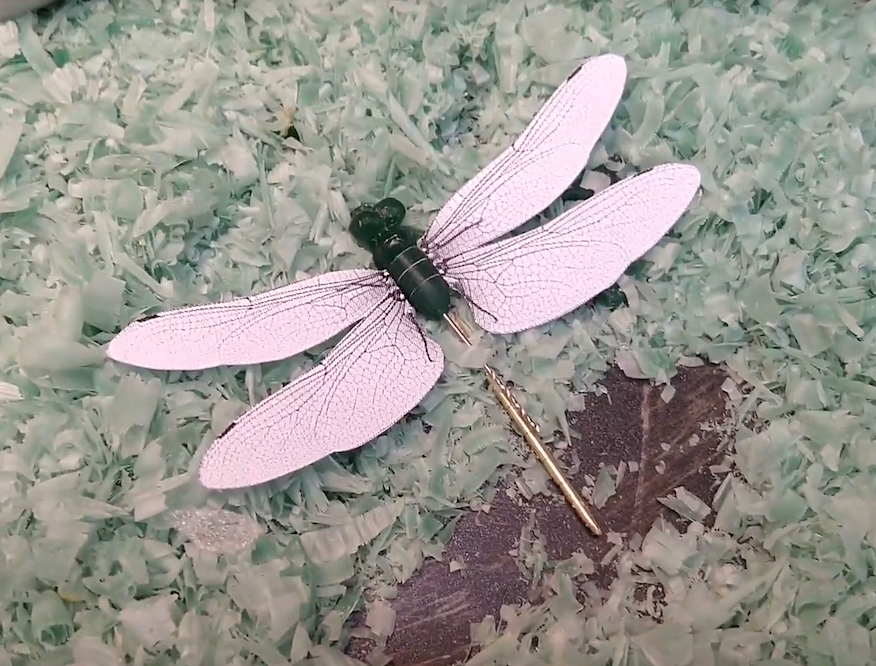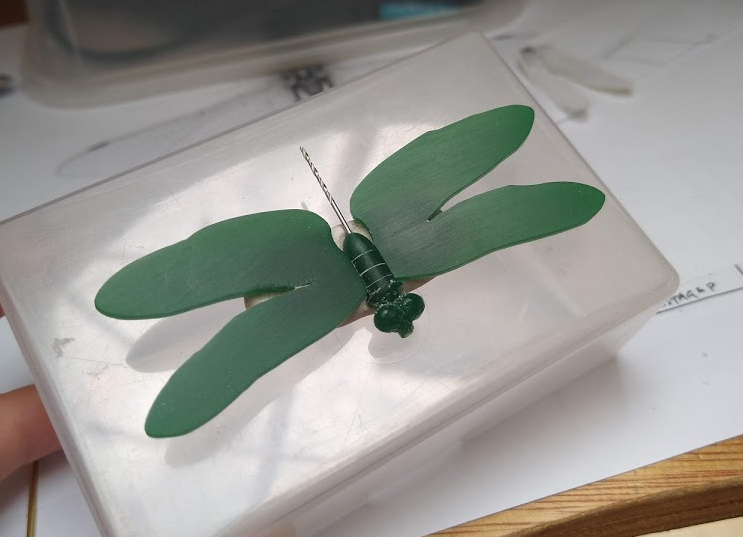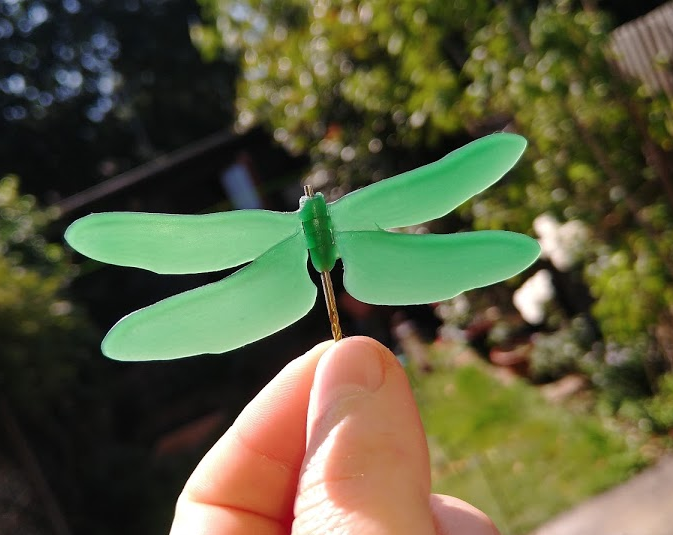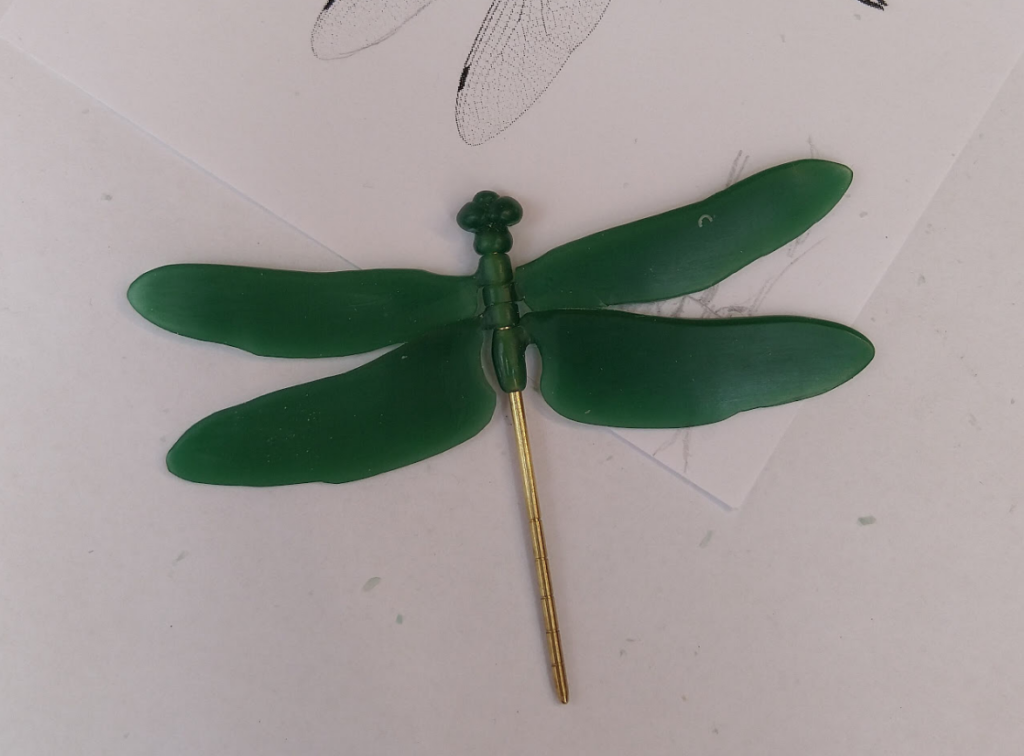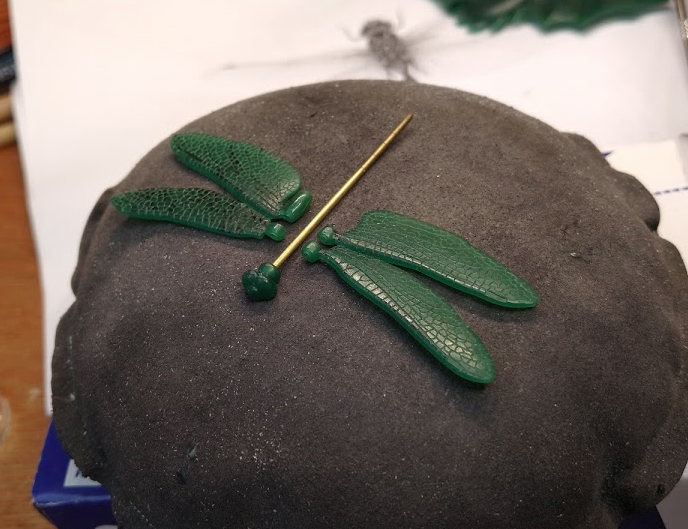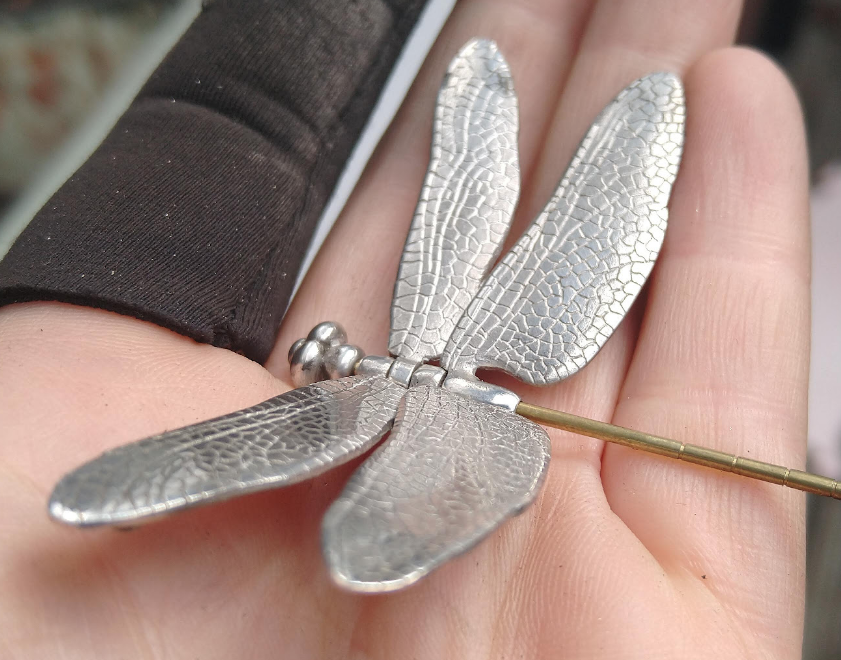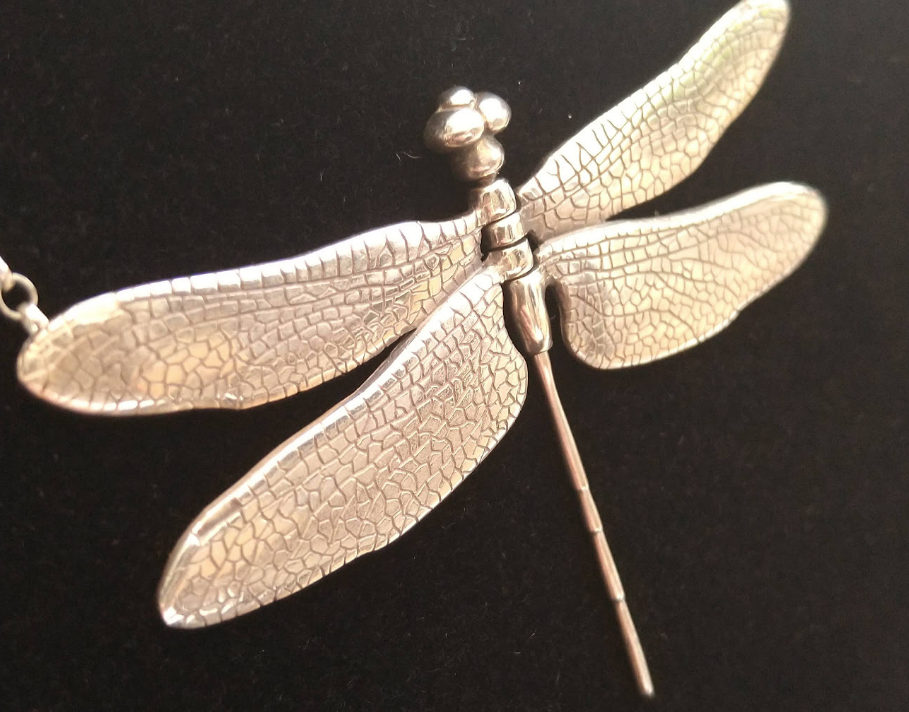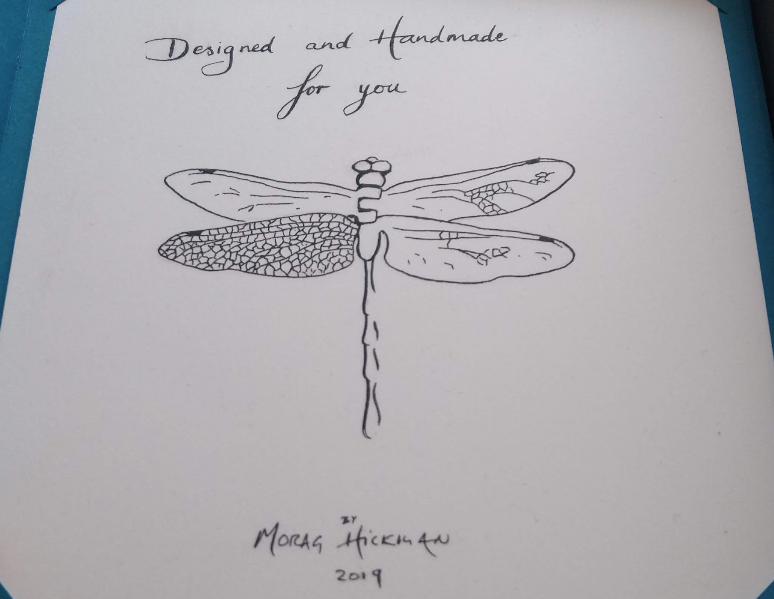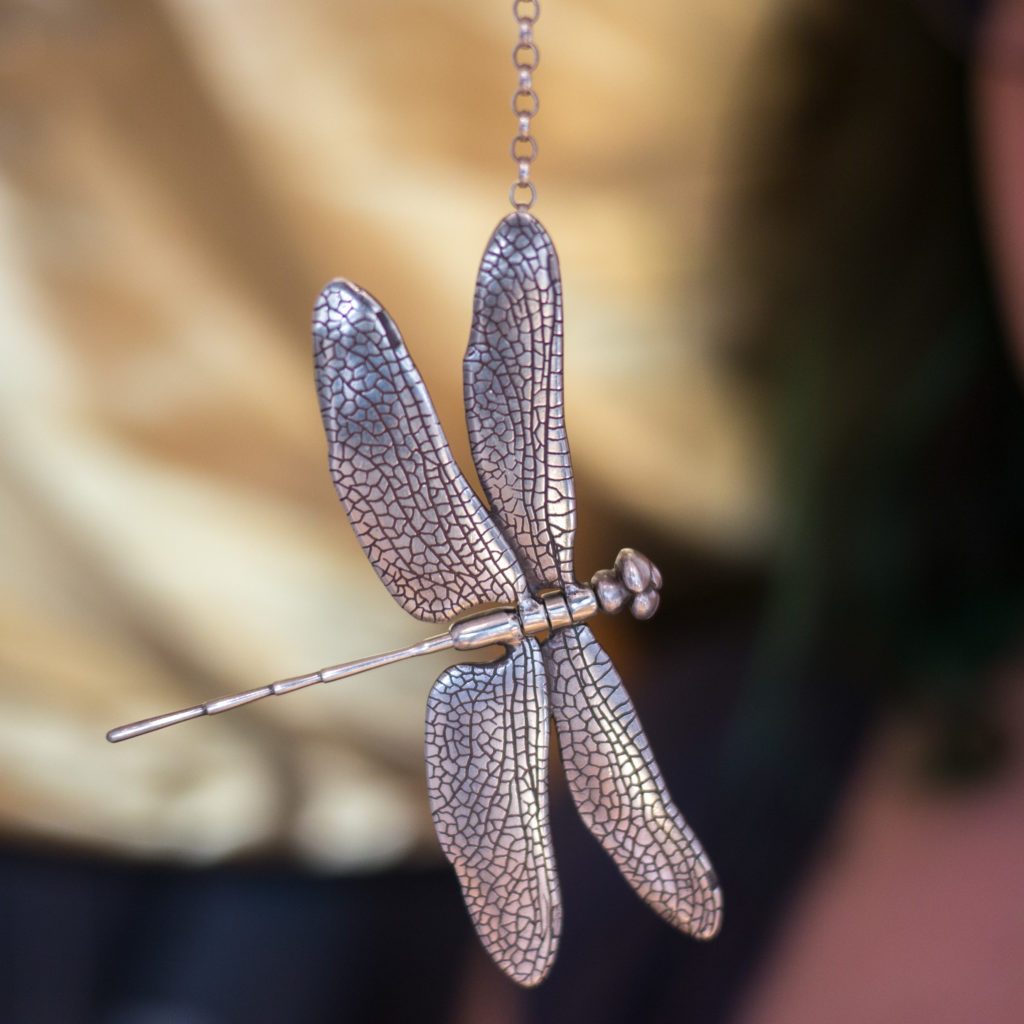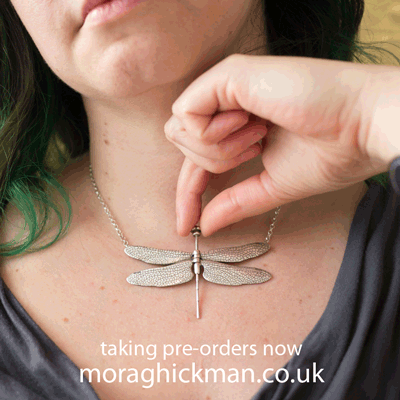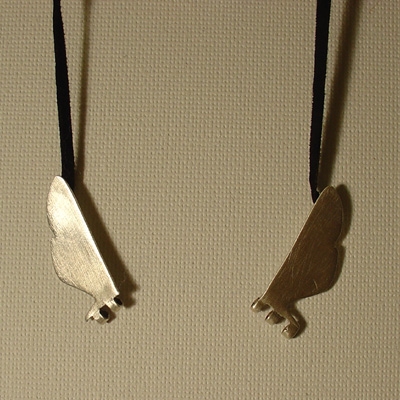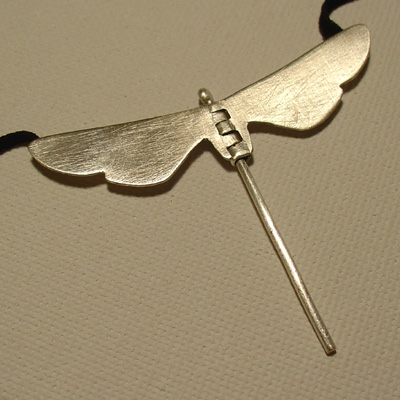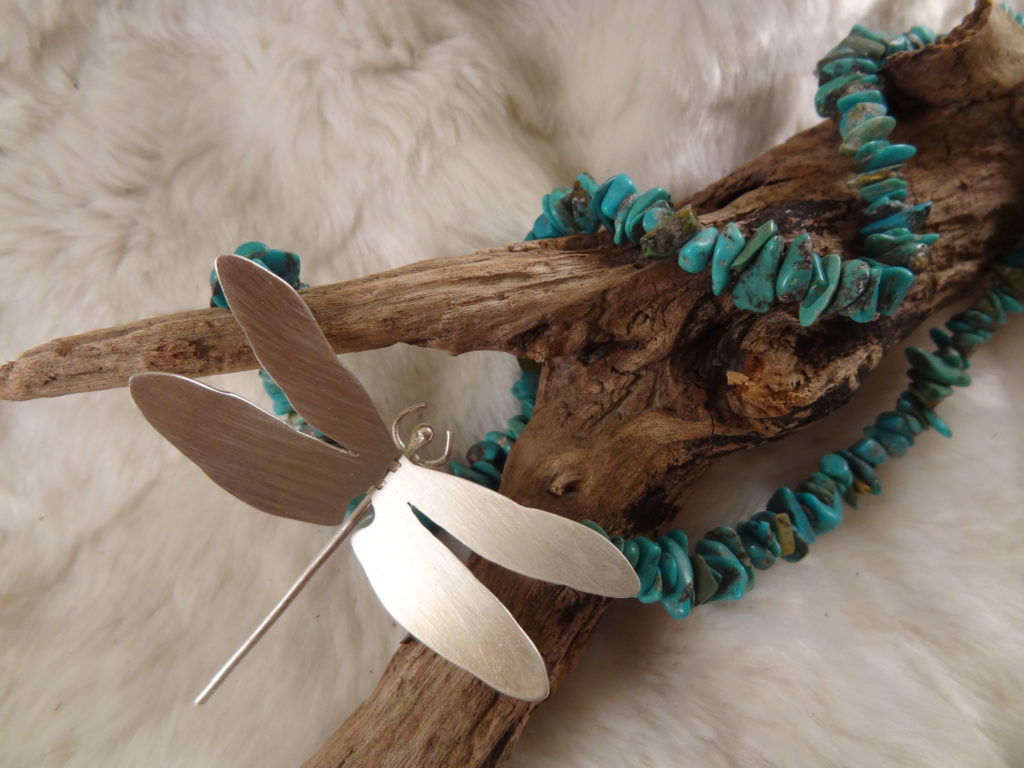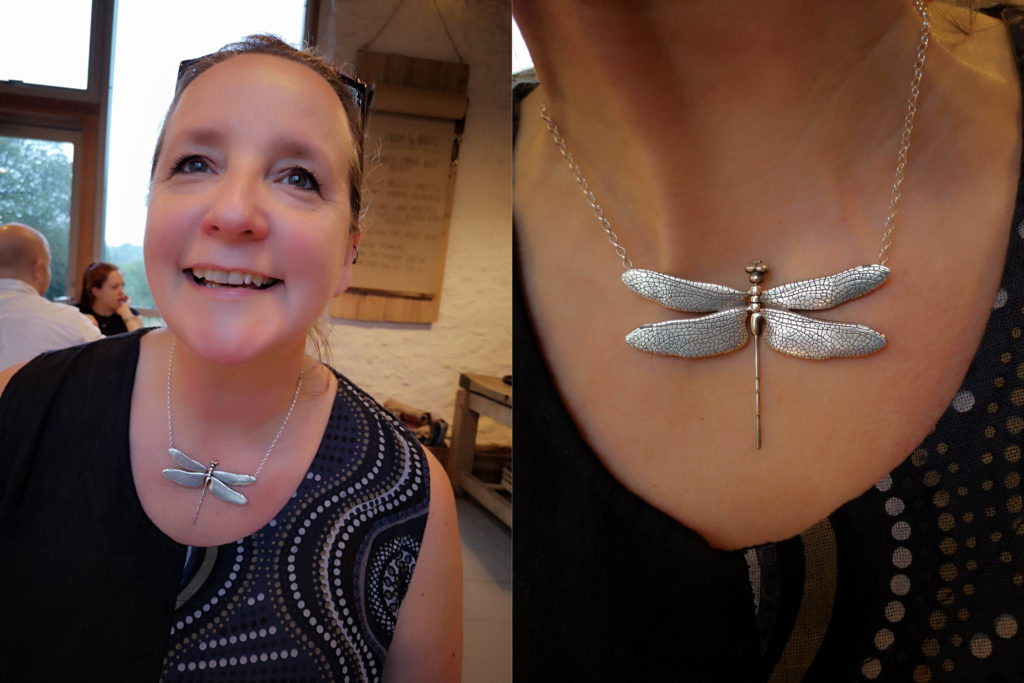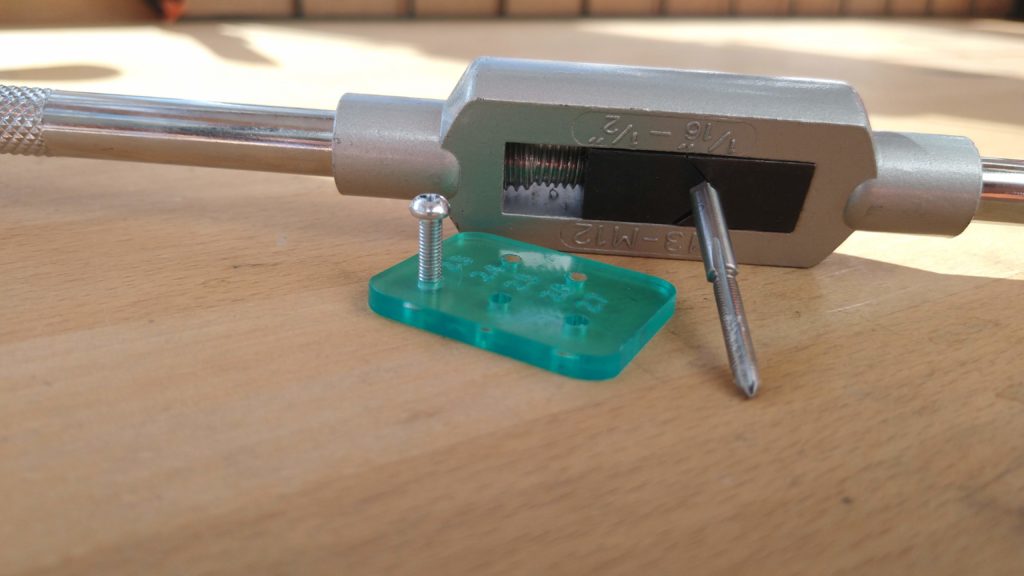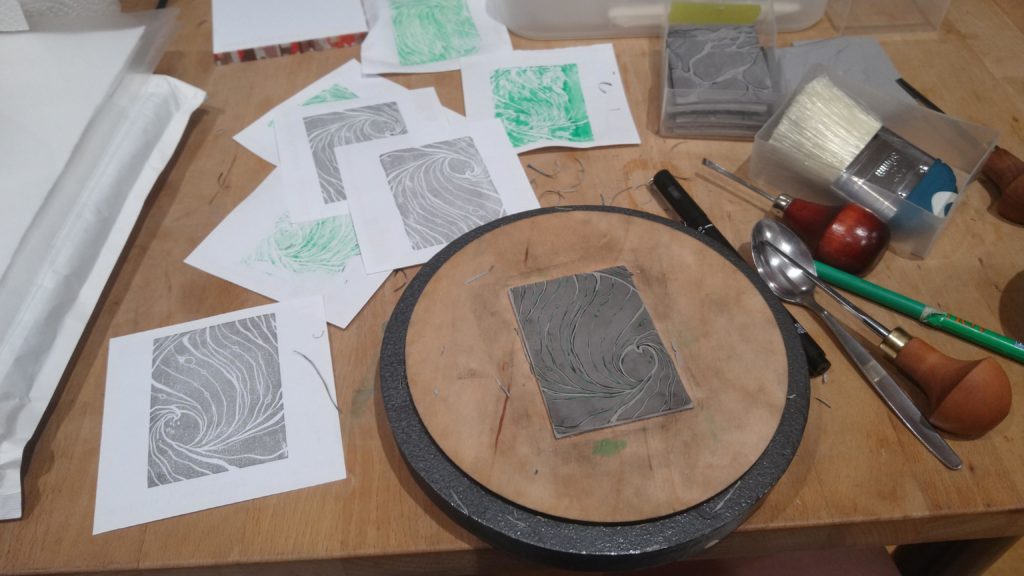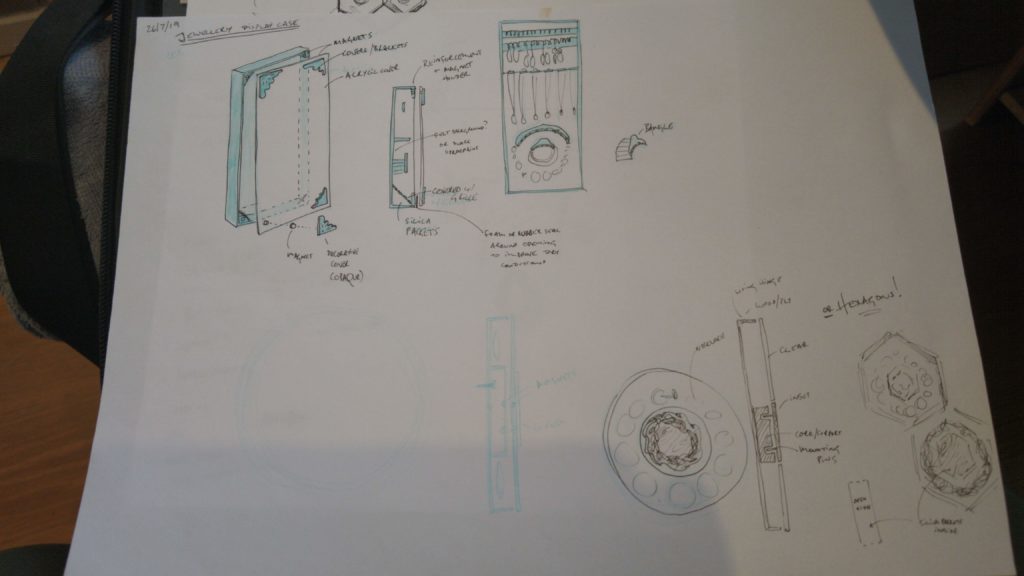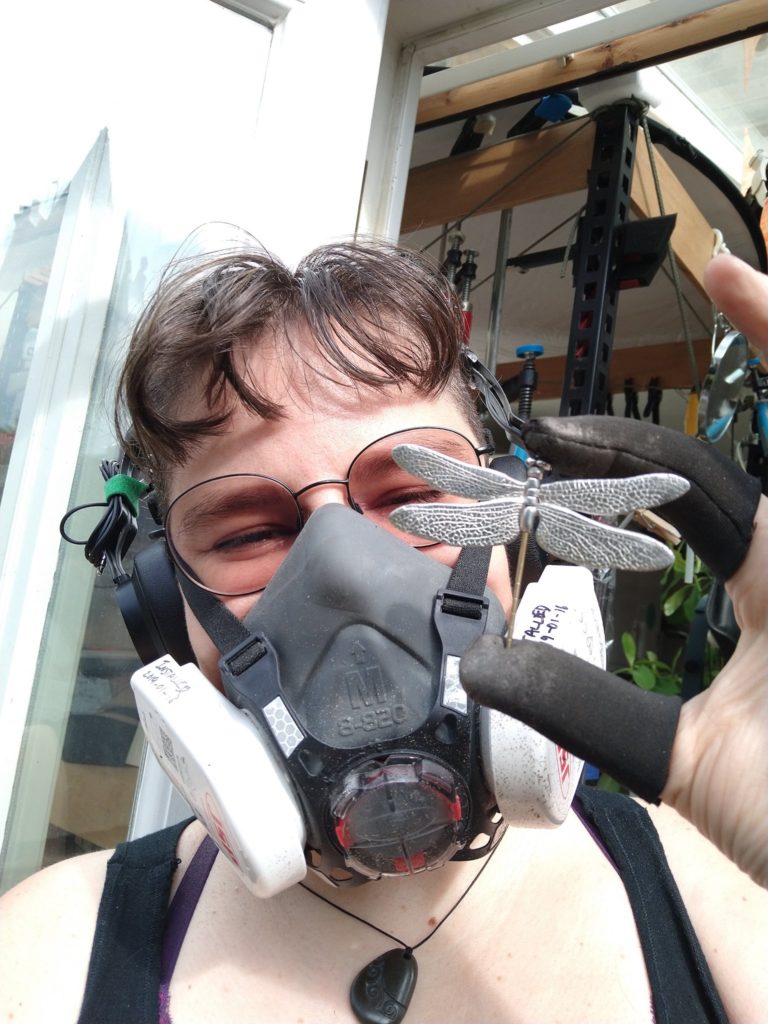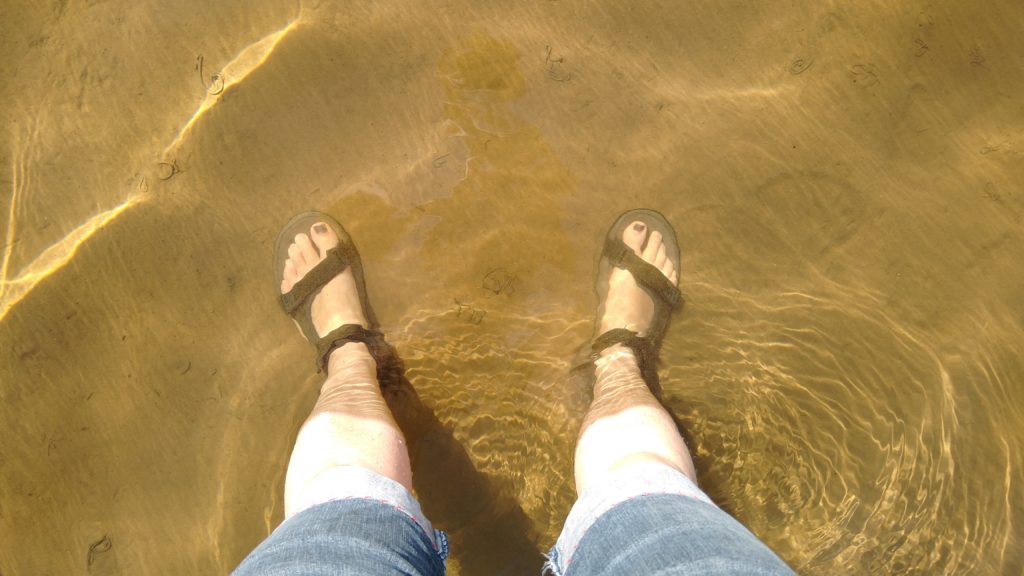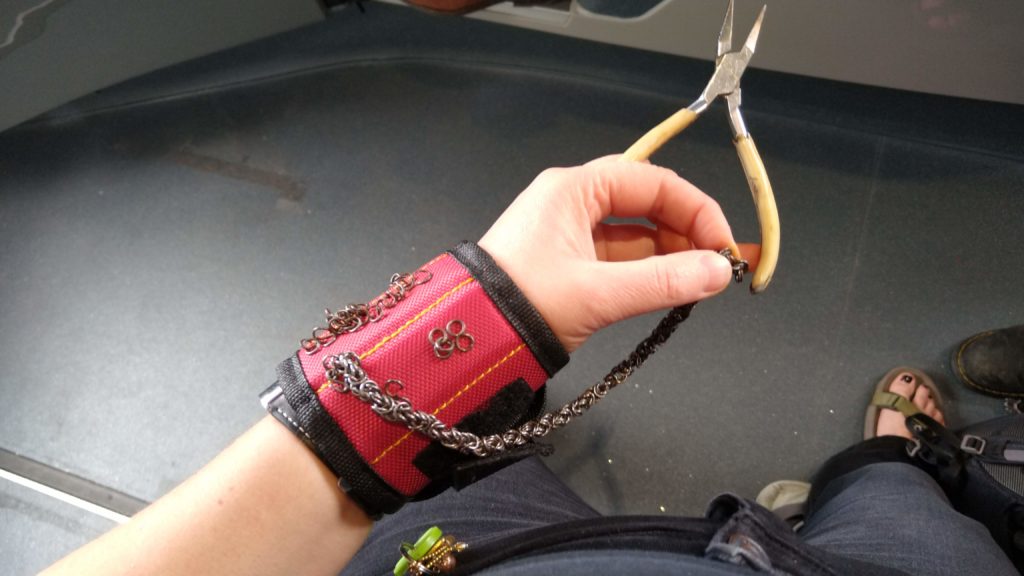I often handle tiny bits of metal in ways that will get them very warm indeed – especially when I’m drilling, grinding or polishing. I’ve tried using pliers, clothespins, tweezers and other tools to hold parts, but nothing compares to the speed, strength and dexterity of my fingers. I’ve only got one set though, so here are my favourite solutions for making sure they last.
Neoprene skins
When I’m polishing, I use a set of four neoprene wee finger-gloves, which are secure, comfortable and let me grip most castings pretty firmly. They’ve saved me from bumps with the grinding disc or buffer multiple times, protect me from the majority of the heat, and give me time to let go if something does get hot enough to overwhelm them.
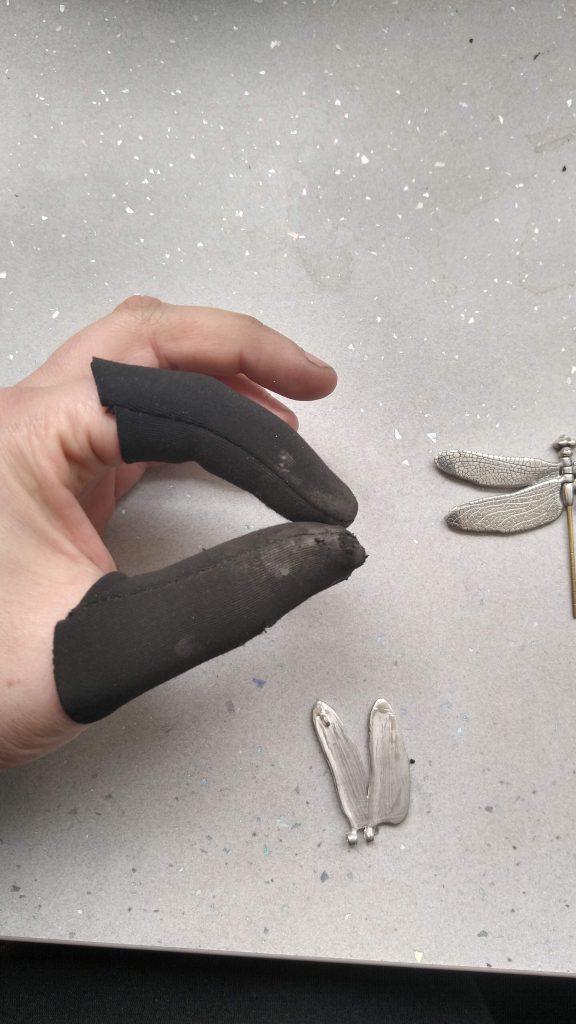
Some well-used Rhino finger protection skins from Cookson Gold. They come as two fingers and two thumbs
The stretchy fit makes them very secure and comfortable, a considerable improvement over my home-made leather finger-bags. The stitching is strong, and I find the neoprene stiffens less with gunk than leather, and while it’s not as tough it’s thicker, and sacrificially tears rather than grabbing during accidental contact. When these are sorry enough to replace I’ll try making my own, but I will definitely do heat tests first to make sure my material handles heat well and won’t, say, melt and weld to my skin…
Alligator tape
Another finger protection tool I really love, though rarely remember to use, is alligator tape. It’s a green-coated, non-stretch woven tape which sticks very emphatically to itself. I love it for protecting my fingers from abrasion, particularly when I’m using my Wolf wax carving tools with their ridged handles, or my small paring knife which has a sharp back. The tape doesn’t stretch but it conforms well, making it ideal for protecting your fingertips – just be careful you don’t wind it on too tight!
I wish I’d used it when sanding recently – holding tiny pieces of wood up to the disc sander I slipped and took rather more than the edge off my index fingernails. This is exactly the kind of injury alligator tape is great at preventing due to its abrasion resistance. Luckily I only took a small amount off and it’s grown out now, but the sensation of exposed nail beds isn’t one I’ll forget in a hurry.
I was going to take a picture to show you it in action, but the I just discovered that the roll I bought three months ago has welded itself into a single solid, rubbery mass! Not sure what happened there – I kept it in a plastic bag because the previous one had dried out. So, with the caveat that it might have a really short shelf life or be tricky to store: great stuff!
Alligator tape + cork
I think this particular hack came about because I wanted to hold one end of a piece of silver wire while I melted the other, many, many times over. I didn’t have the right kind of tweezers, so here’s how I dressed my fingers up for the job.
I cut thin slices from a cork, trimmed them to size and wrapped them between layers of alligator tape to make solid, heatproof, reinforced fingertips. The tape holds its shape enough that I can slip them on and off to reuse, and the slightly forgiving cork and rubbery tape gives me a really good grip. This is especially useful for jobs like drilling holes into tiny parts which heat up quickly.
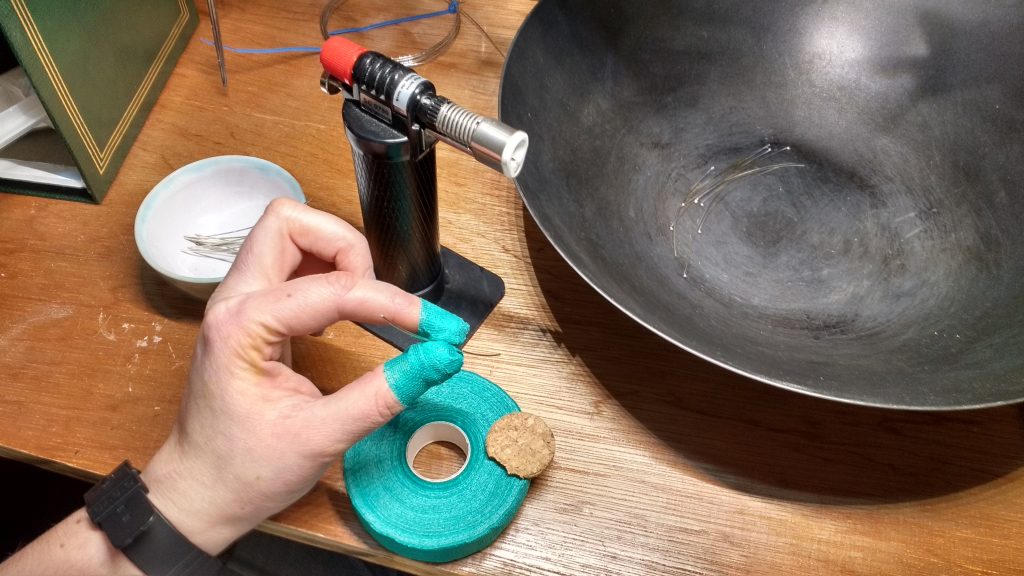
Got any questions, or other useful solutions for protecting your hands? I’d love to hear about ’em!
